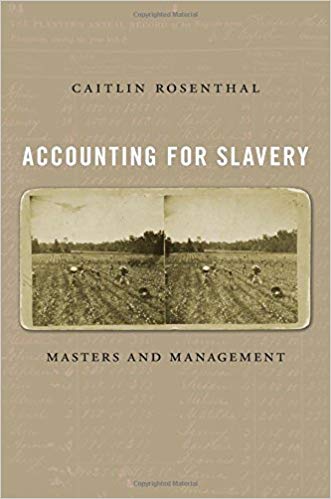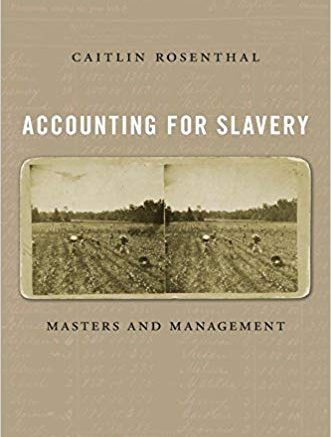
“Masters And Management”
By
Historian Caitlin Rosenthal extensively researched the morally reprehensible business of slavery for her new book, “Accounting for Slavery: Masters and Management.” In the book, she lays out the case that slaveholding “planters” employed accounting and management techniques that are still in use by businesses today.
Below is an edited transcript of Rosenthal’s conversation with Marketplace senior reporter Kimberly Adams.
How did you end up writing this book?
After college, I went to work as a management consultant. And I got really interested in how businesses that employed tens of thousands of people came to dominate the economy, and how people thought about businesses of that scale. So when I went to graduate school for history, I wanted to study the same ideas. One day I went to the archives, and started looking at business records from New England textile mills, as well as Southern plantation records and account books. The Southern records were markedly more advanced than the average practices seen in the textile mills, and I found evidence of a lot of interesting business management techniques. So, I decided I wanted to write the business history of slavery, which is this very different type of business.
Why isn’t slavery already a part of the business history narrative?
Many historians are interested in using account books to uncover the experiences of enslaved people; I was coming to this with a business background. And I started looking at these plantation records kind of the same way I looked at Excel spreadsheets, and I started to see that planters were making really sophisticated business decisions about, of course, the most horrifying and totally commodified human body.
How did plantation and slavery management inform modern business practices?
There are a lot of practices used by planters that we still use as management techniques today. First, they built really complex hierarchies. I reconstructed the managerial structure of a Jamaican plantation, and it looked similar to a multi-divisional American company. Even the idea of sending people to different places to be trained in managerial techniques can be traced back to plantations. There are cases of absentee plantation owners in England who would send their sons to the West Indies to learn how to run a plantation.
Another business concept you mention in “Accounting for Slavery” is depreciation. Where do we see depreciation first come up on plantations?
In the 1840s, a plantation owner named Thomas Affleck drew up a manual called “The Plantation Record and Account Book.” In the manual, we see Affleck gives special instructions on how to value the appreciation or depreciation of enslaved people. …

